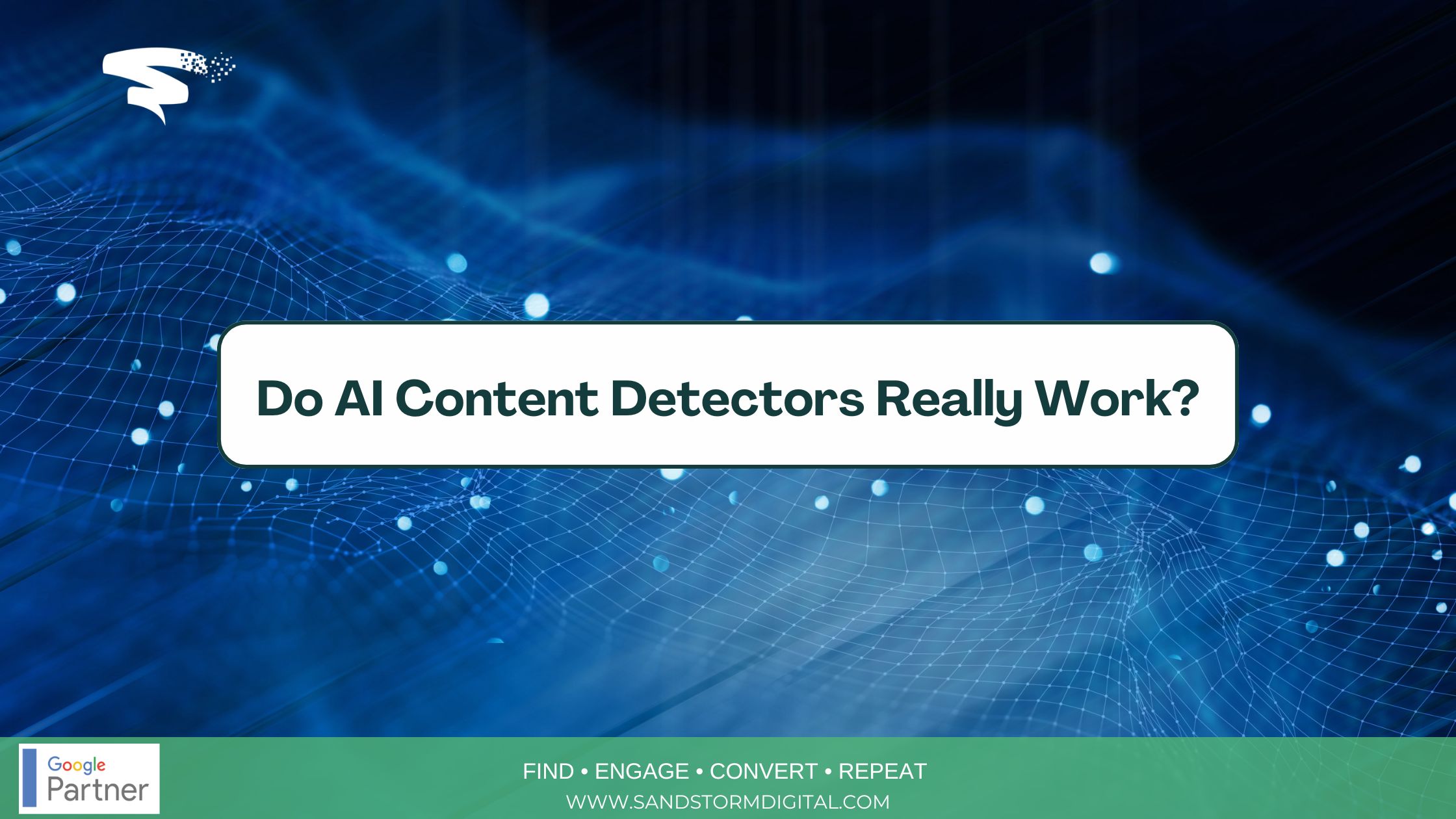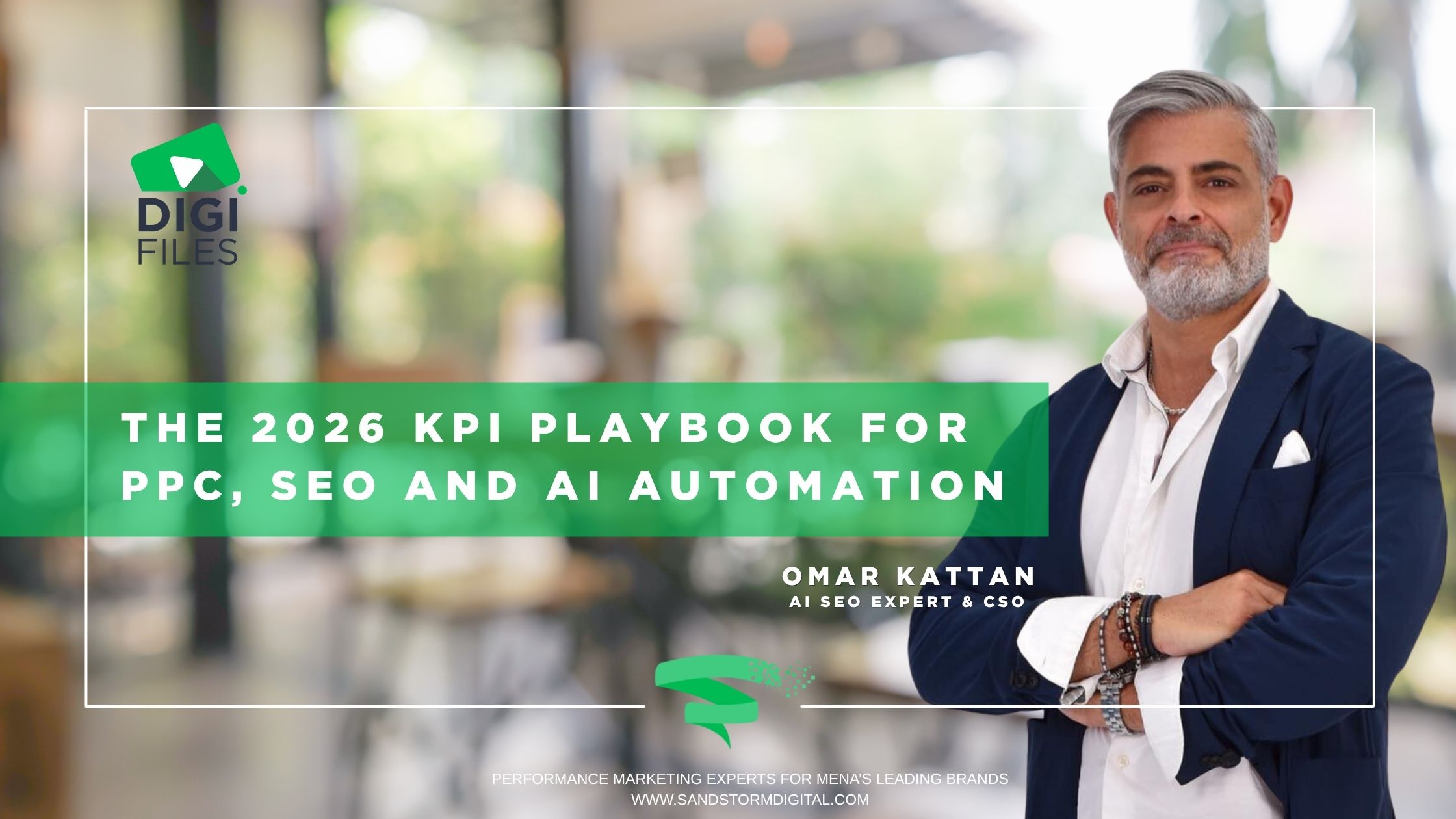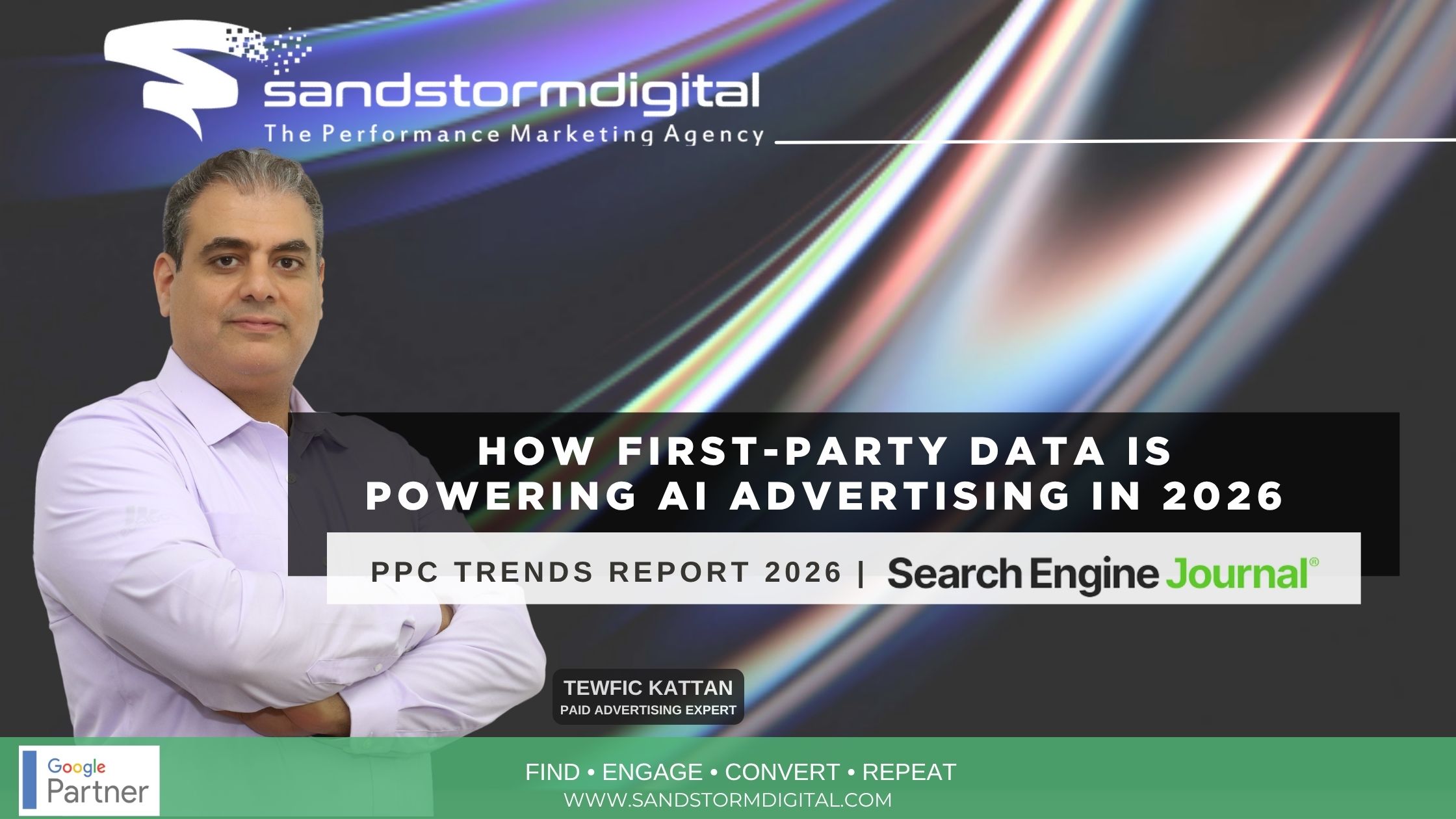As generative AI continues to reshape how we create content, a new concern has emerged among marketers, editors, and SEO professionals: how detectable is AI-written content, and should we care?
Over the past year, a wave of AI content detectors has entered the market, each claiming to identify whether a piece of writing was generated by a language model. These tools assign scores, flag suspicious sentences, and attempt to gauge “human-likeness.” But anyone who has actually tested them knows — the results are inconsistent, often unreliable, and far from definitive.
The Problem with AI Detection Tools
The core challenge lies in what these detectors are trying to do. They’re not identifying plagiarism or checking for factual accuracy; they’re trying to infer how something was written — based on statistical markers like token predictability, repetition, and sentence structure.
In practice, this leads to plenty of false positives and false negatives. Human-written text can get flagged as AI if it’s too clean or generic. AI-written text can pass as human if it’s been fine-tuned or lightly edited. Tools often contradict each other, and there’s no universal standard for evaluation.
Even Ahrefs, a well-respected name in the SEO space, recently launched its own AI content detector — which includes a rewriting function to make flagged content read more “human.” It’s a sign of how fluid the boundaries are between detection, correction, and optimization — and how much of this debate is driven by perception rather than proof.
Does It Matter If Content Is AI-Generated?
From a user perspective, not really — as long as the content is useful, clear, and accurate. Google has repeatedly stated that its focus is on quality, not authorship. Their algorithm looks for signals of trustworthiness, originality, and relevance — not whether a piece was drafted by a person or a model.
That said, some publishers, clients, and platforms are imposing stricter editorial standards around AI use, especially in sensitive or high-authority domains. In those cases, detectors serve less as definitive tools and more as gatekeepers or quality checks — flawed but occasionally useful.
What Should Marketers Do?
For content teams, the goal shouldn’t be to “beat” AI detectors. It should be to produce high-quality, brand-aligned content that serves the audience and performs well in search. Whether AI is involved in the drafting process is less important than whether the final product meets editorial and strategic goals.
Use detectors sparingly if needed — to spot overly robotic phrasing or to satisfy internal policies — but don’t let them define your approach. The focus should stay on clarity, nuance, voice, and intent.
Because in the end, the real test isn’t whether content sounds human to an algorithm. It’s whether it feels human to your audience.











